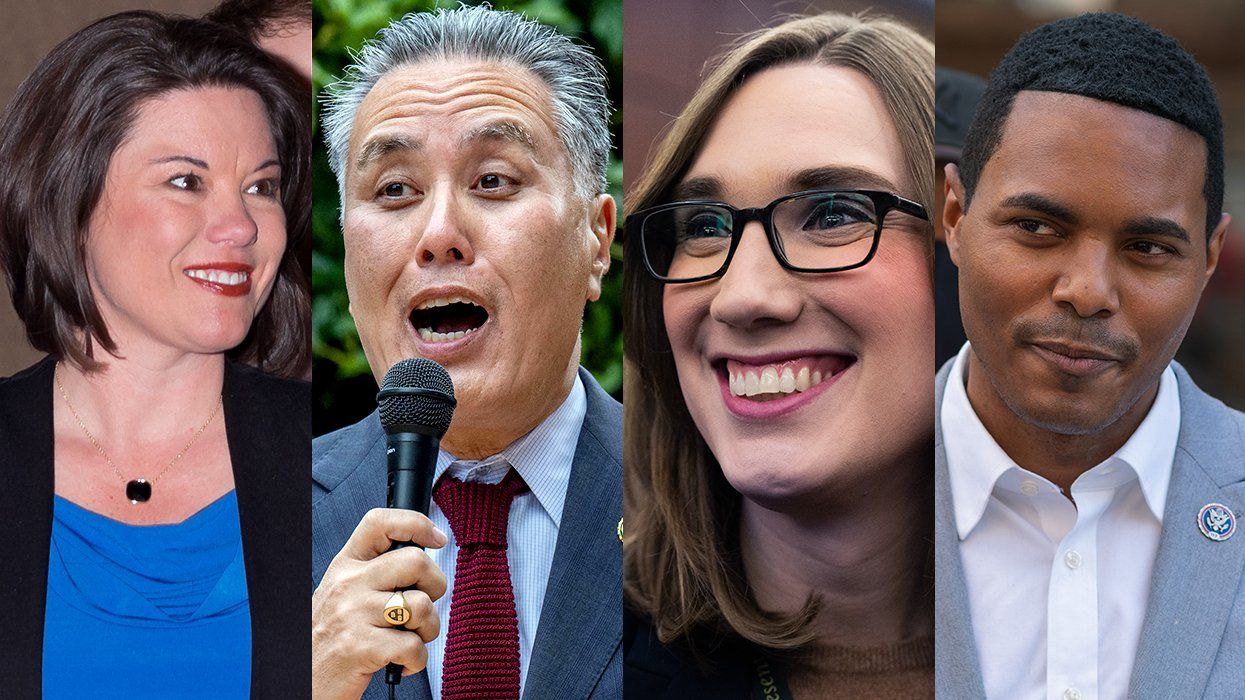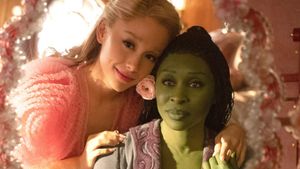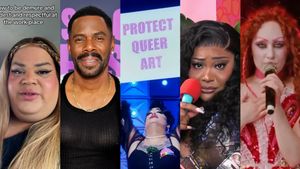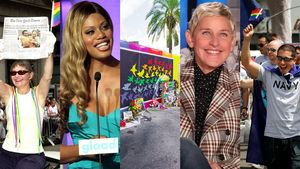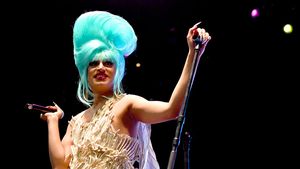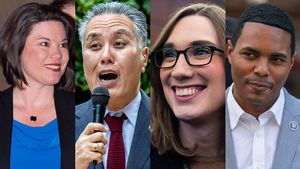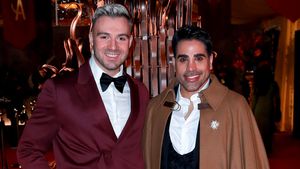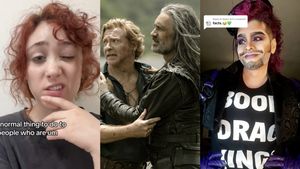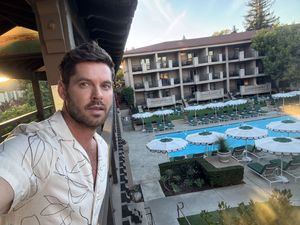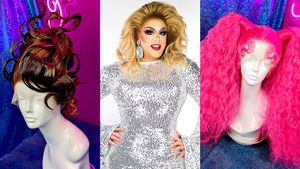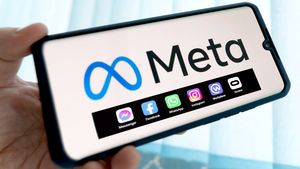Michael J. Fox said it best: "We've come a long way since 1985."
If you haven't heard, today is Back to the Future Day, being celebrated around the world -- and even at the White House -- by fans of the 1980s film trilogy starring Fox as Marty McFly and Christopher Lloyd as "Doc" Brown.
The reason, as aficionados know all too well, is because a major plot point of the first sequel is Marty's trip from 1985 to October 21, 2015, where he tours the fascinating future world of fictional Hill Valley and Hilldale.
Robert Zemeckis imagined fusion-powered flying cars, self-tying sneakers and auto-drying jackets, fingerprint-reading keyless doors and video phone calls. Sure, we got Skype and FaceTime, but where are the hoverboards and instant pizza?
It turns out that fictional world is not nearly as wonderful as the real world the LGBT people enjoy today. And rather than go back in time, The Advocate has found 1.21 gigawatts of fabulous futuristic facts about real life in America 2015, and some not so fabulous facts, as well:
Marriage equality is the law of the land in the U.S., thanks to the June 26 ruling by the Supreme Court. Marty McFly is portrayed as being in a straight relationship with his girlfriend (and future wife), Jennifer, but anyone they know or are related to who is gay could get arrested for having sex in many states in 1989, the year the movie came out. It wasn't until 2003 that the U.S. Supreme Court struck down antisodomy laws, in Lawrence vs. Texas -- although such laws, now unenforceable, remain on the books in about a dozen states.
When Back to the Future Part II was released, an employer could fire you just for being gay in many states, ad unfortunately that's still the case -- only 19 states and the District of Columbia explicitly prohibit discrimination based on sexual orientation and gender identity, and three more states cover sexual orientation alone. Many cities and counties prohibit anti-LGBT discrimination, but in some places these bans are being challenged, as in Houston. This patchwork of laws is the reason for the Equality Act, introduced by congressional Democrats this summer.
Transgender Americans are more visible now than ever, but they still face high levels of discrimination and violence. Federal hate-crimes law, however, changed in 2009 to cover crimes based on sexual orientation and gender identity.
In 2015 you can serve openly in the military if you are gay, lesbian, or bisexual, with don't ask, don't tell having been rescinded in 2012. Trans members of the military are at long last being accepted, slowly, in the U.S.
Gay couples couldn't jointly adopt children when BTTF2 was released. The Supreme Court marriage equality ruling was supposed to settle this issue in the U.S., but adoption bans are still standing in several states.
Today, the film trilogy's two biggest stars are marking the day in their own way. Fox wrote a message to fans via an email from the White House to promote a series of online conversations being held with scientists, innovators, and everyday Americans. They're looking at where our world will be in another 30 years, dealing with subjects such as the brain's power and empowering women.
And Lloyd recorded an uplifting video for Universal Pictures' fan page on Facebook. Watch it, below.
10/21/15! The Future is NOW! Doc Brown has a special message just for you. #BTTF2015
Posted by Back to the Future Trilogy on Tuesday, October 20, 2015




















